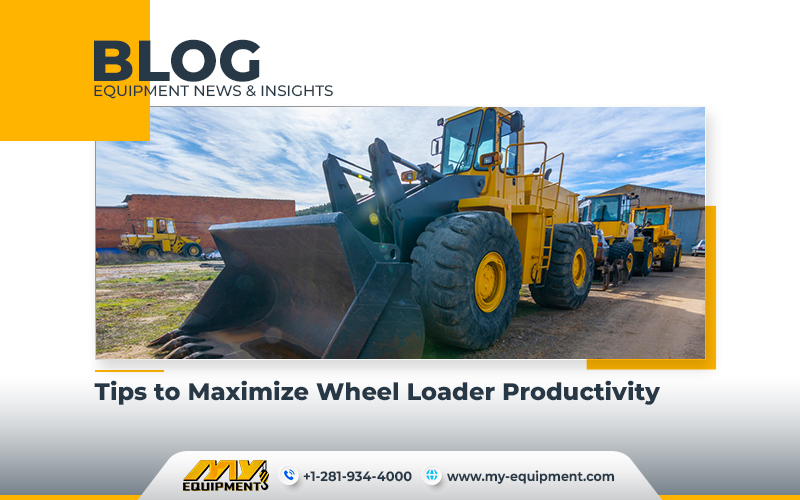In order to optimize loading operations for maximum productivity on your job site, you need a synchronized effort between the loader and operators. Just as when you are looking for wheel loaders for sale you need to know about proper machine selection, before you can start operating it you should know about proper positioning, and how to properly utilize the advanced features of the machine. This will allow you to achieve better cycle times and improve the overall efficiency on site.
Proper Truck Positioning
Positioning the truck relative to the loader is very important. The truck should be placed horizontally to the loader’s digging position, with an optimal distance that actually facilitates simultaneous hoisting and dumping to the dump position.
Minimizing the Loader-Truck Distance
You will find that shortening the distance between the loader and the truck has a direct impact on productivity. A closer proximity makes quicker return trips to the pile for the next load possible.
Adjusting Positioning for Cycle Times
As the pile diminishes, the loader operator needs to adjust the truck’s spot to maintain the efficient cycle times. Dynamic positioning makes it so that the loading operations remain swift and consistent throughout the duration of the project.
Precision in Truck Placement
Research indicates that positioning the truck around 65 ft. from the stockpile is ideal. This setup allows the wheel loader to execute a ‘Y’ loading cycle between the truck and the pile.
Advantages of ‘Y’ Loading Cycle
Implementing the ‘Y’ loading cycle minimizes the likelihood of collisions between the loader and the truck. It also optimizes fuel economy and loader productivity by reducing the operational distance.
Other Benefits of Maintaining Proper Operational Distance
Reduce Collisions
Strategically positioning the truck reduces the risk of collisions, helping in improving the safety on the work site.
Fuel Efficiency
The minimized operational distance also contributes to better fuel economy. This of course aligns with a lot of environmental and economic considerations.


 1400 Broadfield Blvd, Houston, TX 77084,
USA.
1400 Broadfield Blvd, Houston, TX 77084,
USA. omer@my-equipment.com
omer@my-equipment.com